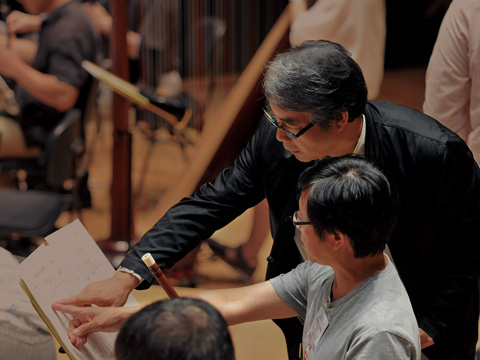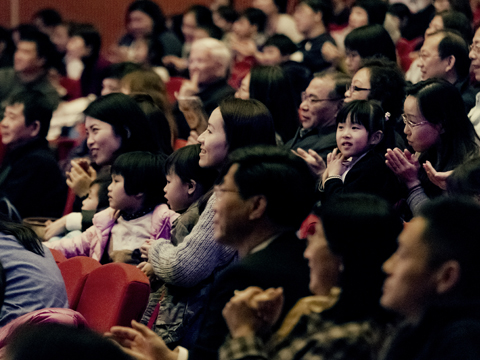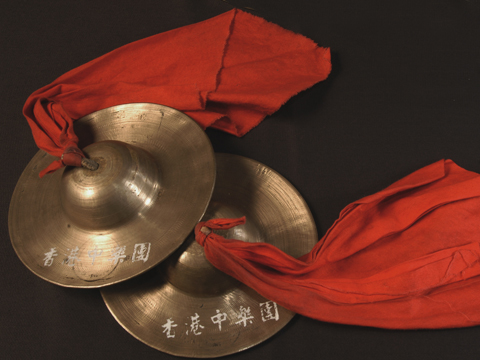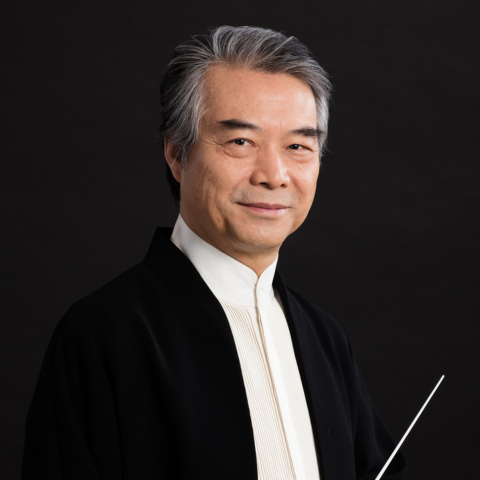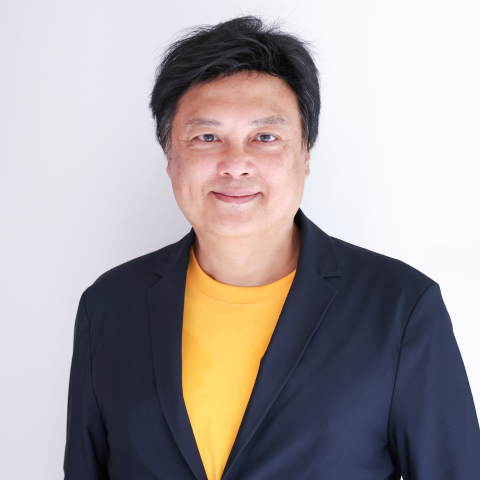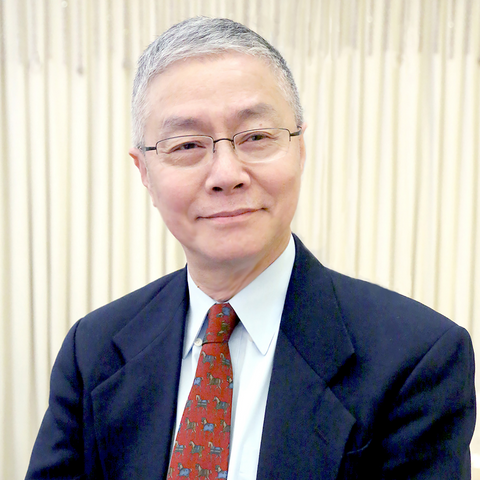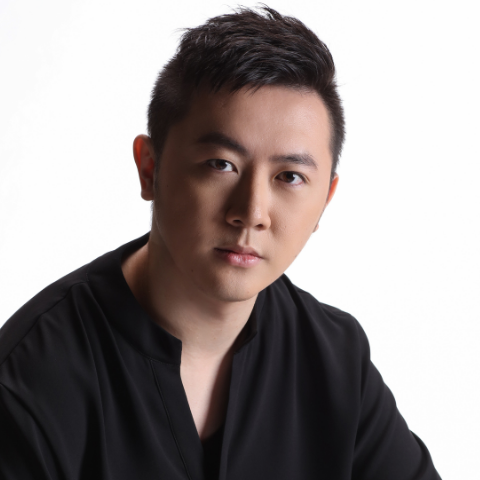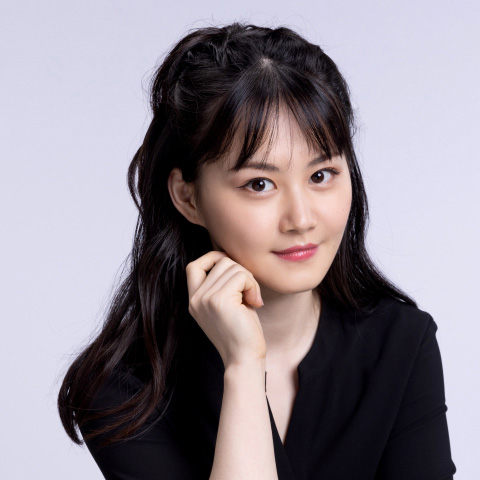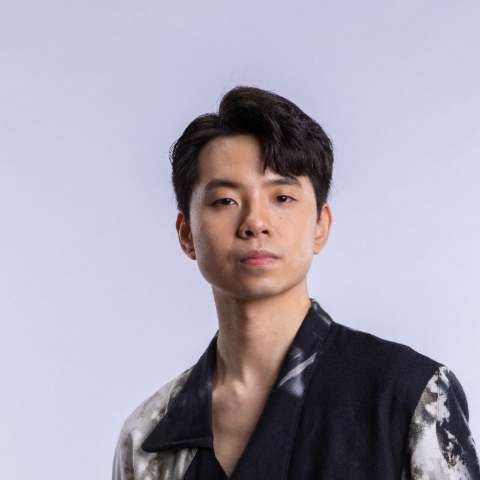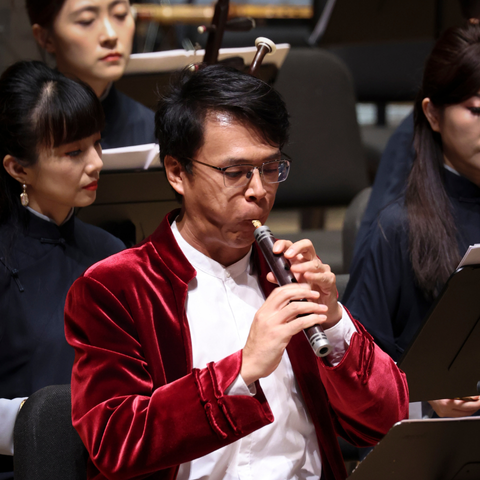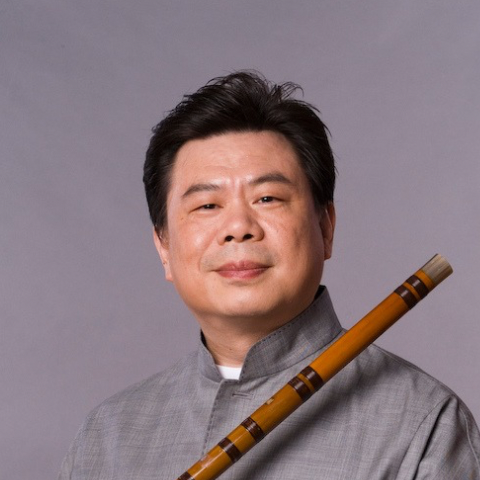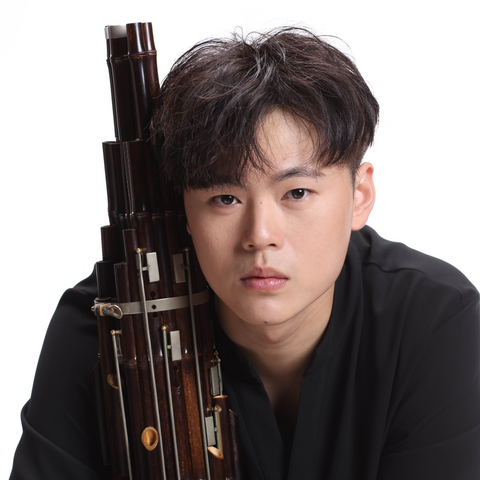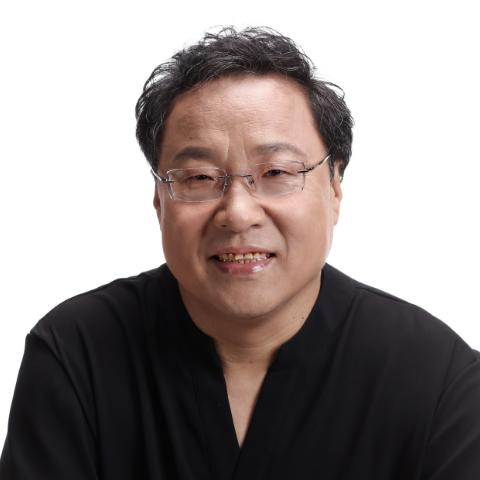
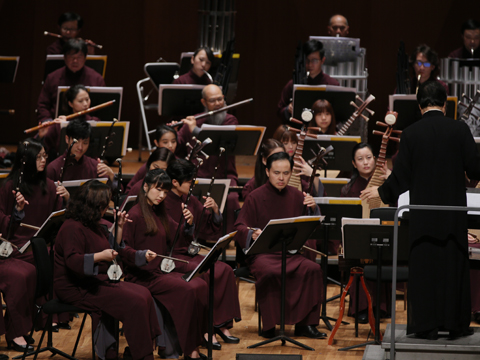
HKCO
Hong Kong Chinese Orchestra Environmental, Social and Governance Artistic Director and Principal Conductor for Life Orchestra Members Council Advisors & Artistic Advisors Council Members Management Team Vacancy Contact Us (Tel: 3185 1600)

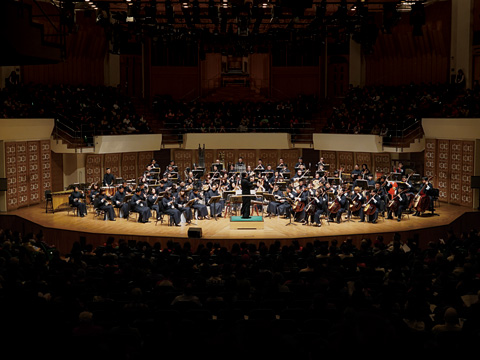
Concerts

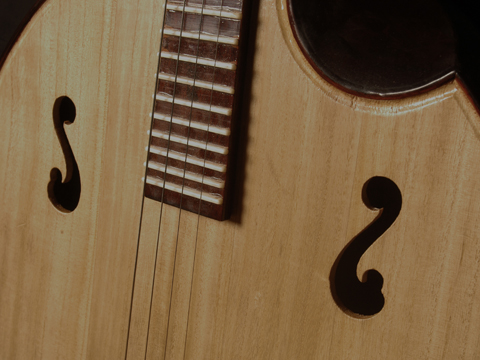
Education
The HKCO Orchestral Academy Hong Kong Youth Zheng Ensemble Hong Kong Young Chinese Orchestra Music Courses Chinese Music Conducting 賽馬會中國音樂教育及推廣計劃 Chinese Music Talent Training Scheme HKJC Chinese Music 360 The International Drum Graded Exam

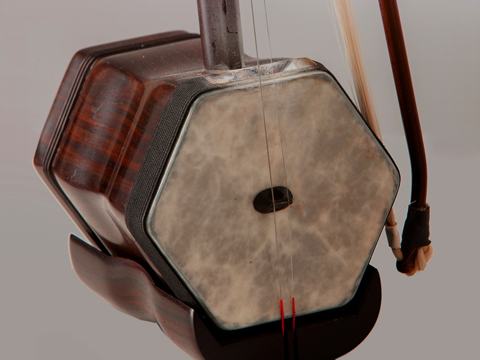
Instrument R&D
Eco-Huqins Chinese Instruments Standard Orchestra Instrument Range Chart and Page Format of the Full Score Configuration of the Orchestra
46th Orchestral Season
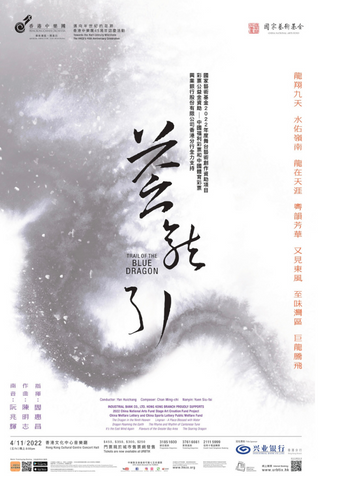
Trail of the Blue Dragon
2022 China National Arts Fund Stage Art Creation Fund Project
China Welfare Lottery and China Sports Lottery Public Welfare Fund
Industrial Bank Co., Ltd. Hong Kong Branch Proudly Supports
Nanyin: Yuen Siu-fai
Zhongruan: Fung Yin Lam
Zheng:Fu Zifei
Percussion: Luk Kin Bun
Suona: Ma Wai Him
Suona: Qin Jitao
Qudi: Sun Yongzhi
Soprano Sheng: Wei Shen-fu
Sanxian: Zhao Taisheng
Trail of the Blue Dragon (Commissioned by the HKCO / World Premiere) Chan Ming-chi
The Dragon in the Ninth Heaven
Lingnan - A Place Blessed with Water
Dragon Roaming the Earth
The Rhyme and Rhythm of Cantonese Tune
It's the East Wind Again
Flavours of the Greater Bay Area
The Soaring Dragon
Opening recitation:
At daybreak in the east, the blue dragon flies over the Lingding Channel.
Golden clouds paint over the bleakness of yore.
The ancient post bids a quiet farewell to a hundred years.
Blooming in all its glory is the Greater Bay of Southern Guangdong.
A thousand sails hoisted, invigorated with wings.
Unique Instrument(s) / Sound Installation(s)
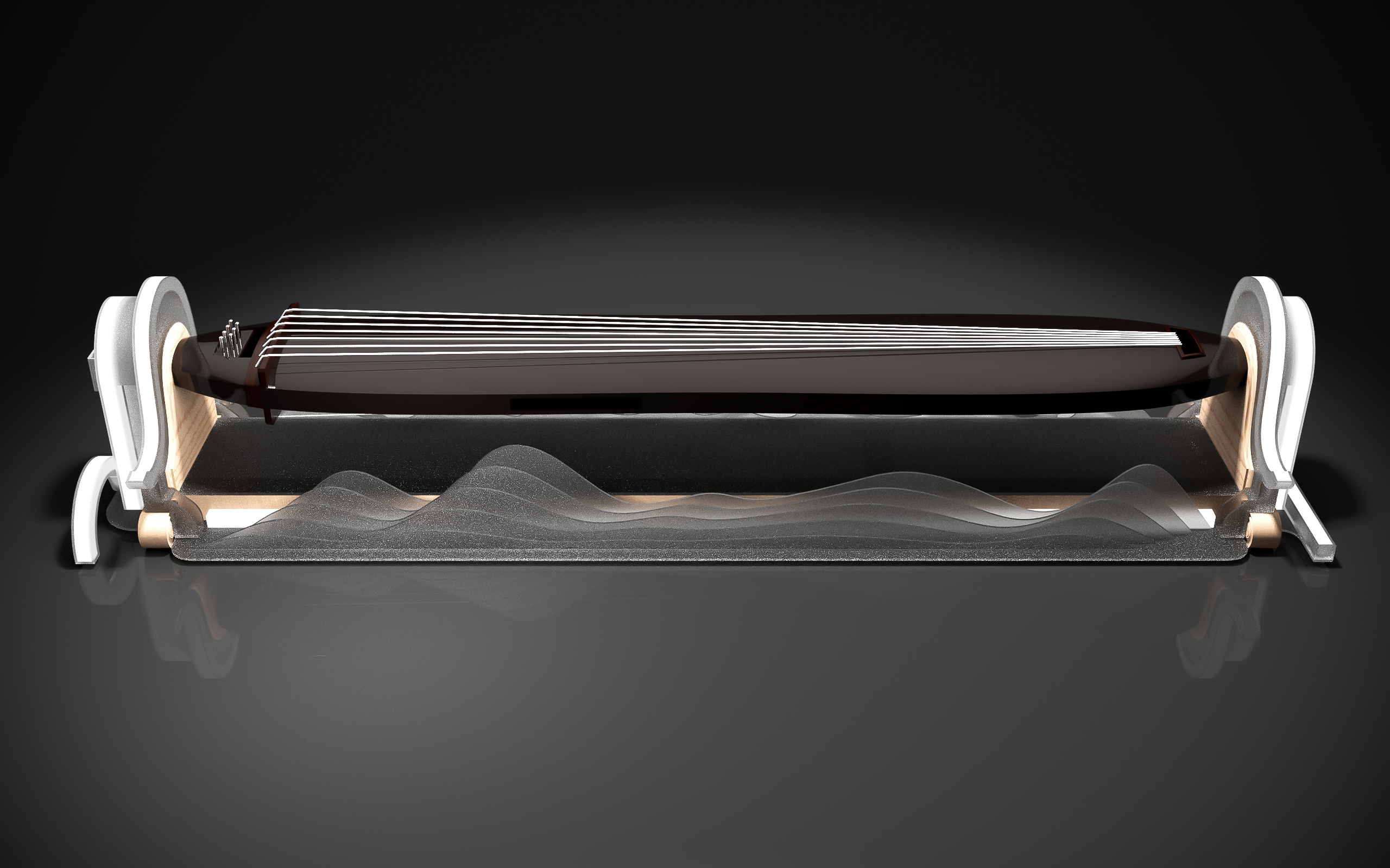
Unique Instrument(s) / Sound Installation(s)
Ecological instrument ‘Chant of Azure Water’
The element of water in Lingnan culture inspired this design. The instrument is made of compressed sheets of irregular shaped clear acrylic, forming the flowing water look of drifted objects. The sound of the instrument also triggers the light bands on the side of the instrument, enhancing the visual effect.
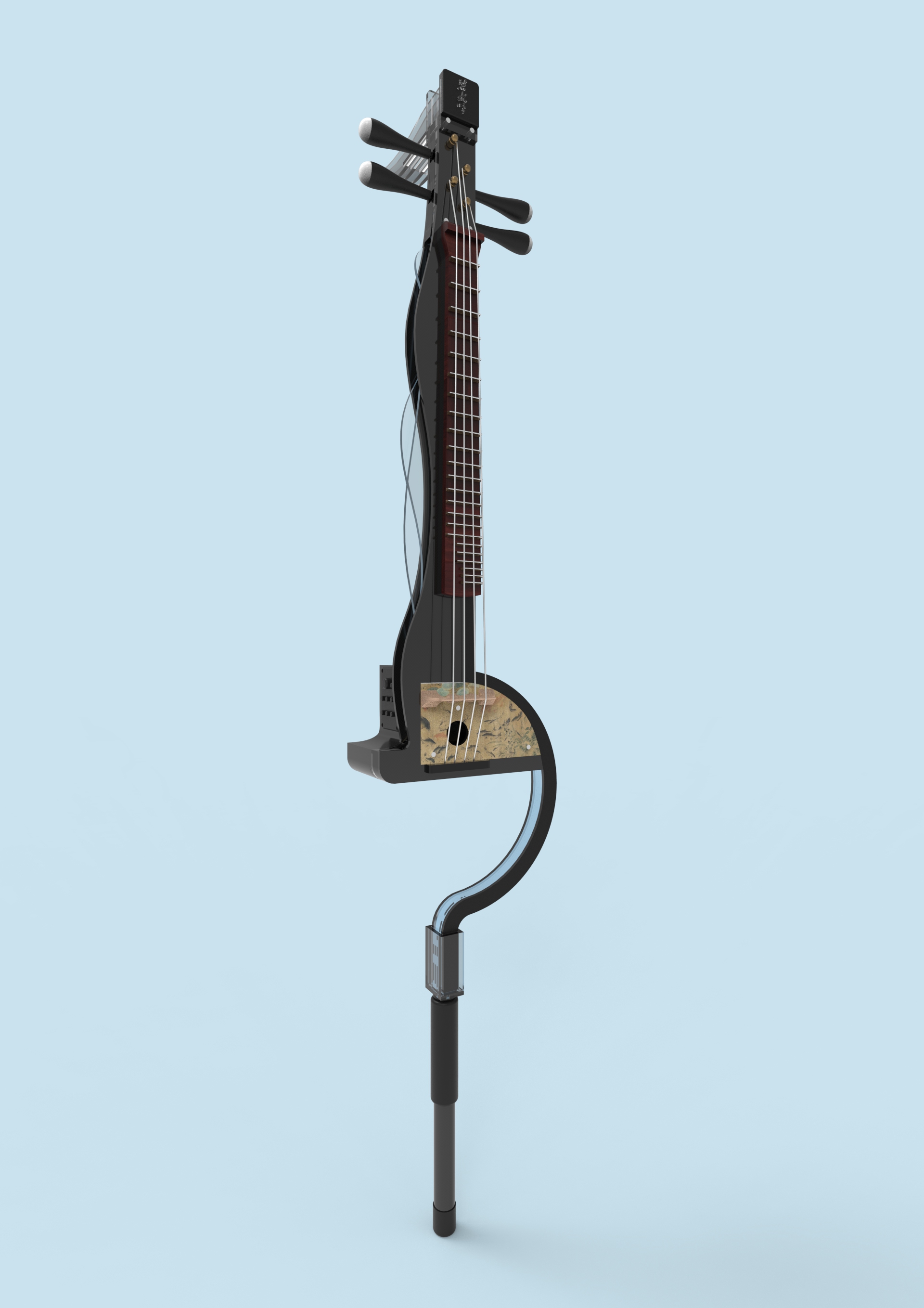
Water interactive installation ‘The Highest State of Good is Like Water’
A water instrument played through interactions between the performer, water and light.
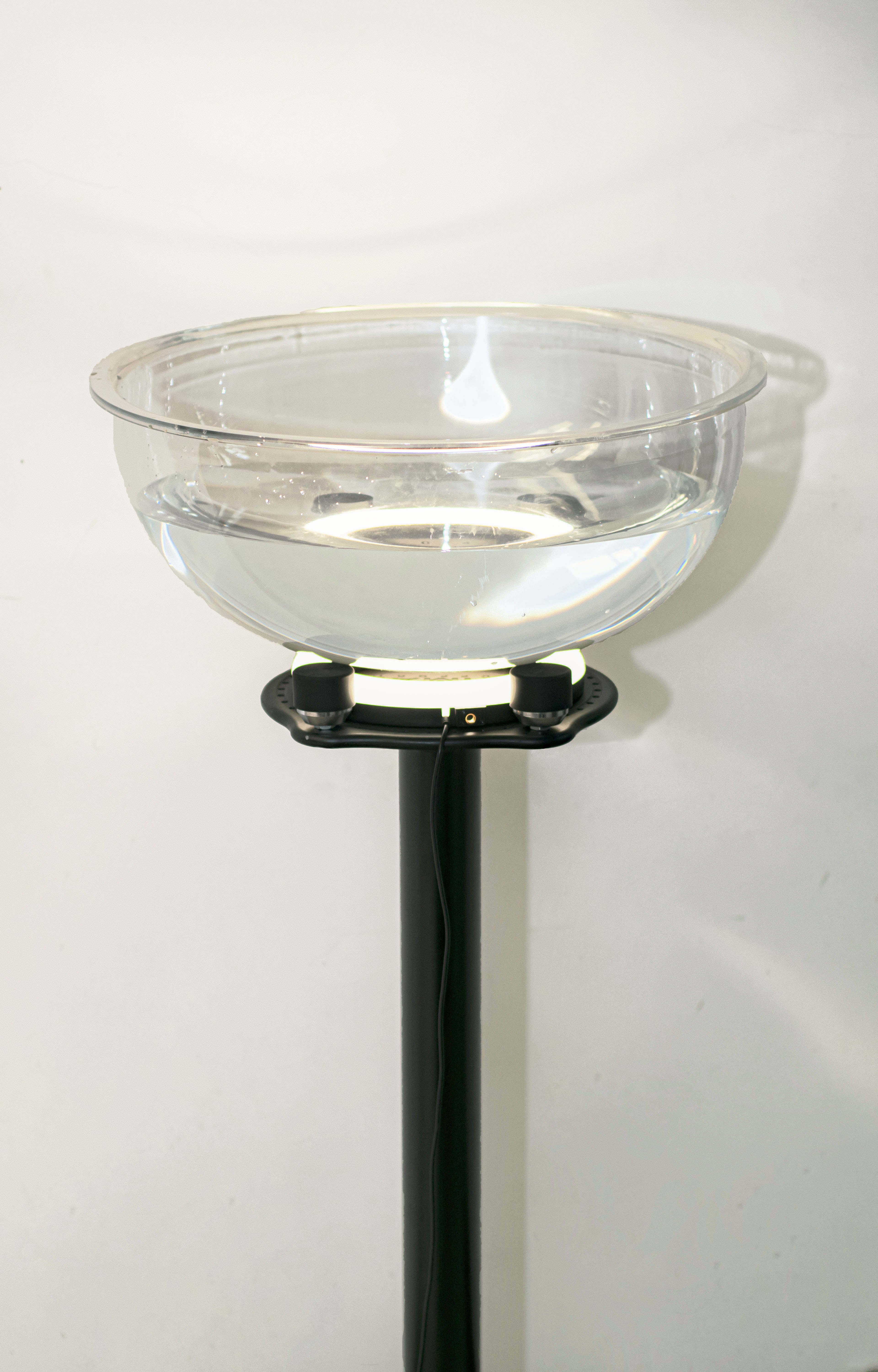
Lyrics (by Boaz Chow & Chan Ming-chi):
Lingnan, the old Baiyue, is a land of plenty
Its land and water yield bumper harvests
It’s a place where great men thrive and rally
In time, economic reforms are made
High rises go up, and so does trade
Creative minds compete to innovate
The three regions connected by bridges and motorways
The movement of goods and money is fast and smooth
Everyone does his best for the common good
Stunning the world with amazing achievements
Proudly the giant naval ship sets sail, a thousand miles a day
Like an eagle that spreads it wings and soars over the seaways
May the three regions unite, stand shoulder to shoulder, with no suspicions of one another
Stay together, in unison, and never break away.
Sound Installation(s)
Ecological sound interactive installation ‘Drip Drop’
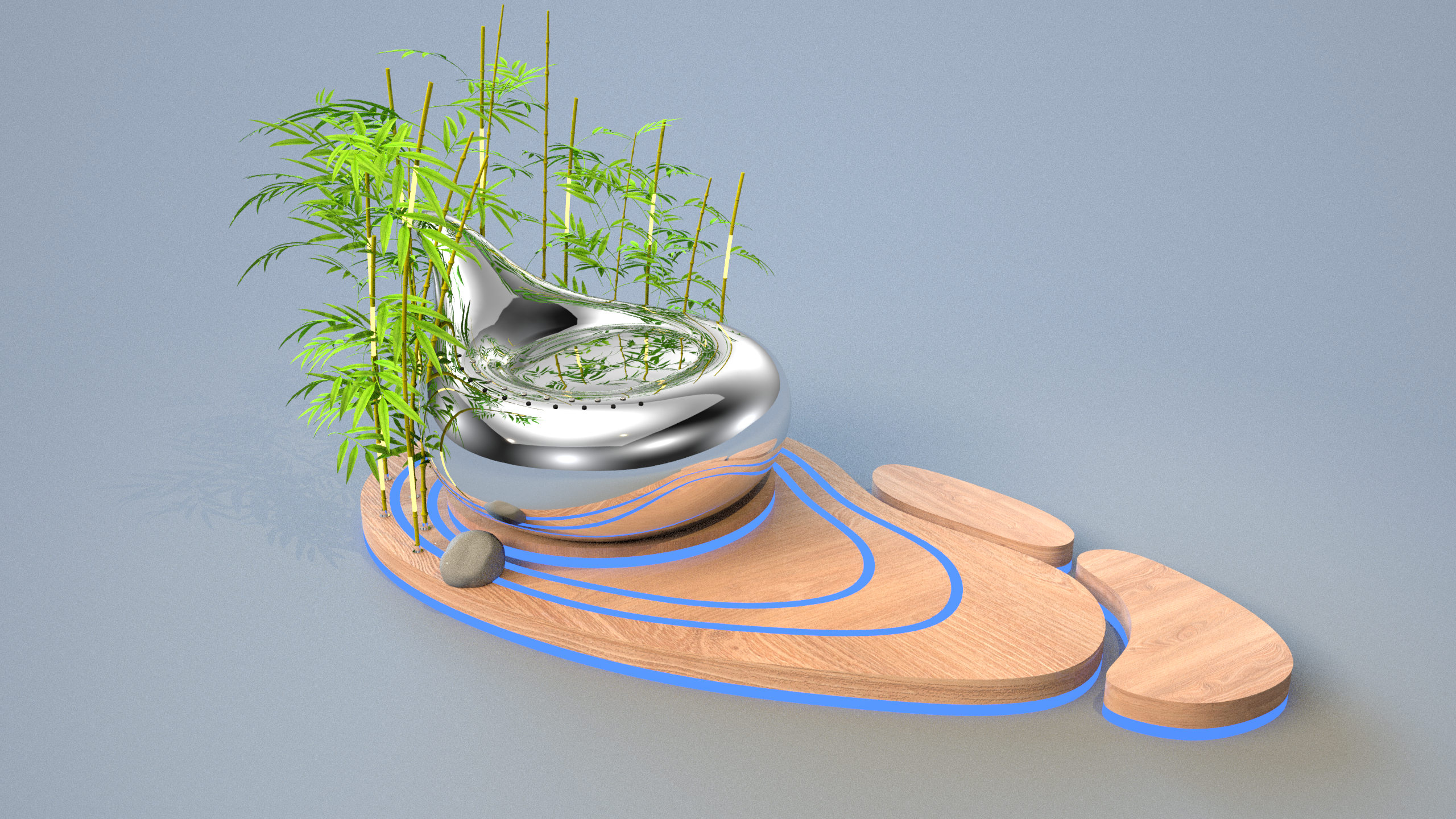
Unique Instrument(s)
Ecological sound interactive installation ‘Sparkle Sparkle’
Water, which symbolises ‘Wealth’ in Guangdong, enriches the land through the dense voice of handpan and enlightens the people.
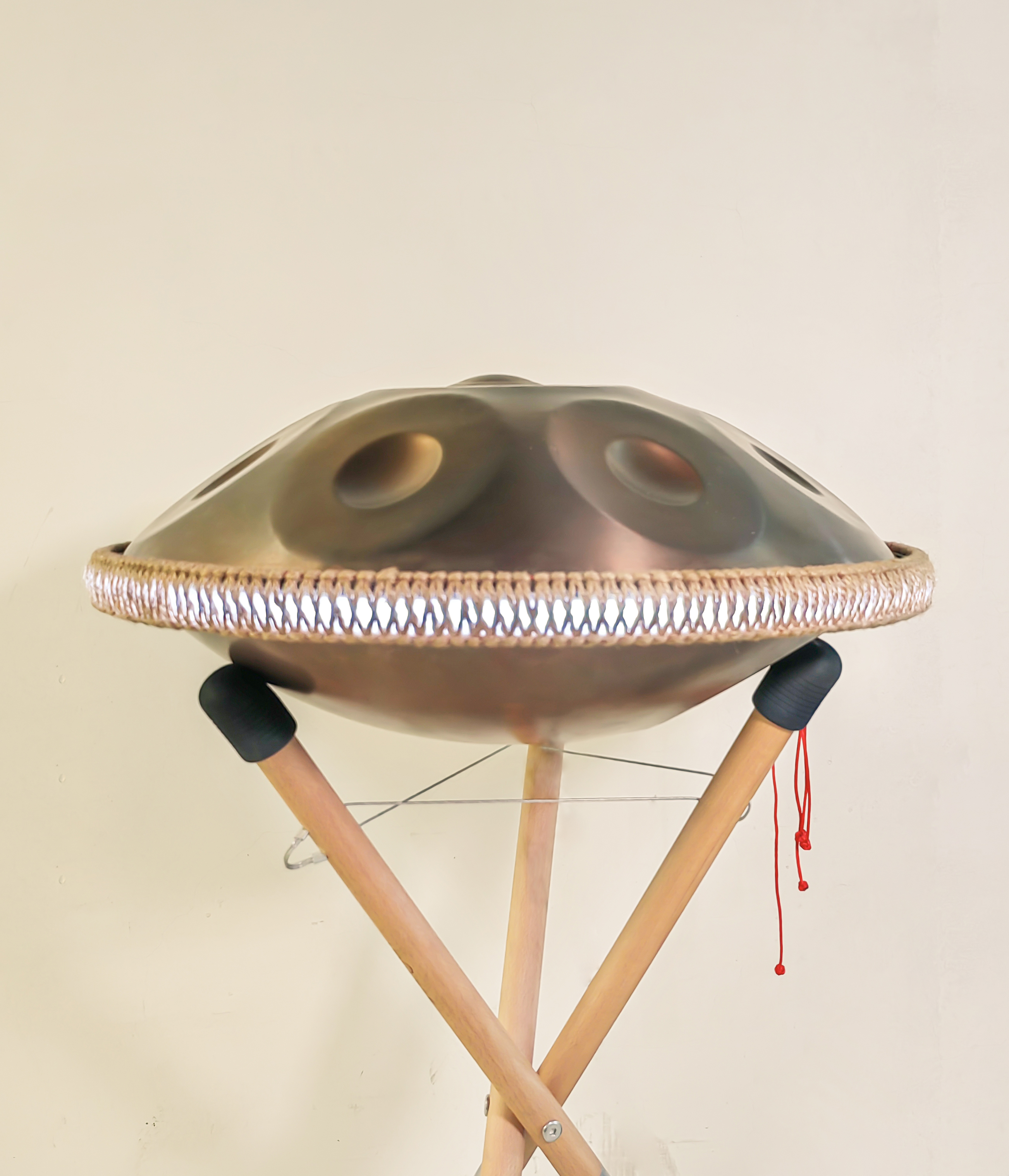
Monologue
That’s great!
Ladies and gentlemen, as the saying goes, “Have a good meal and never forget it.”
A smell can make us remember a place,
and this taste will even become a city’s mark or unique symbol.
The delicacies of Guangdong, Hong Kong and Macao also have their own unique taste landscape!
Cooking is the same as composing and playing music,
we must pay attention to the original materials,
and also knife work, heat, colour and fragrance.
Among so many delicacies, what do we Greater Bay Area people like the most?
Needless to say, it’s chicken! Whoa !
Steam! Stew! Cook! Fry!
Soy Sauce Chicken, Steamed Glutinous Rice with Chicken, Spicy Chicken.
No Chicken No fit, Chi-chi- chi-chi-chi-chi-chicken.
Breakfast, lunch, dinner, supper, Chi-chi-chi-chi ‡chicken.
I love chicken!
In the Pearl River Delta, there are dense rivers and lots of rain,
we have good water and good fish,
so, the master chefs are striving for the best savoriness,
which is also very flavorful!
There are at least hundreds of ways to cook fresh fish.
Wow! It’s really mind blowing when I think about it!
Whoa! The kitchen next door starts cooking again!
Let’s sharpen the knife and cut in different ways!
As everyone knows, fish and mutton are both smelly,
But when they are cooked together,
they can mix and produce an amazing flavour!
Just like the ‘First Love’,
or as the Chinese poem stated:
“Raising my head, I see the moon so bright;
withdrawing my eyes, my nostalgia comes around.”
Due to time constraints, we will end our ‘cooking’ now.
See you in ‘Cook Up Fun’ concert next summer!
Goodbye
Sound Installation(s)
Dynamic Motion Installation ‘Taste Buds Coming Alive’
Using the components ‘fish’ and ‘lamb’, the two characters that make up the character for ‘umami’ in Chinese language, the programmable fishes and lambs dance under the baton of the conductor, creating special audio-visual effects.
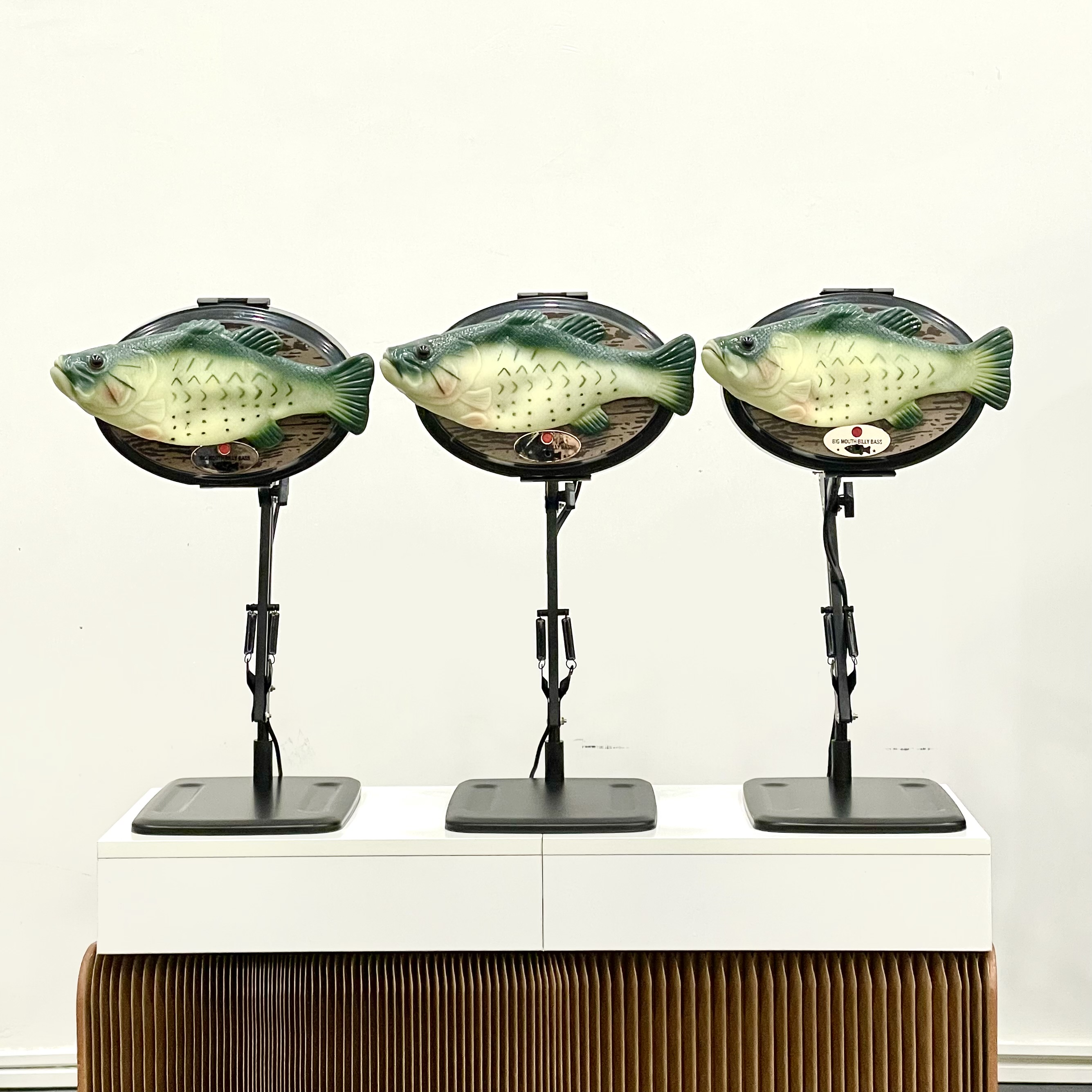
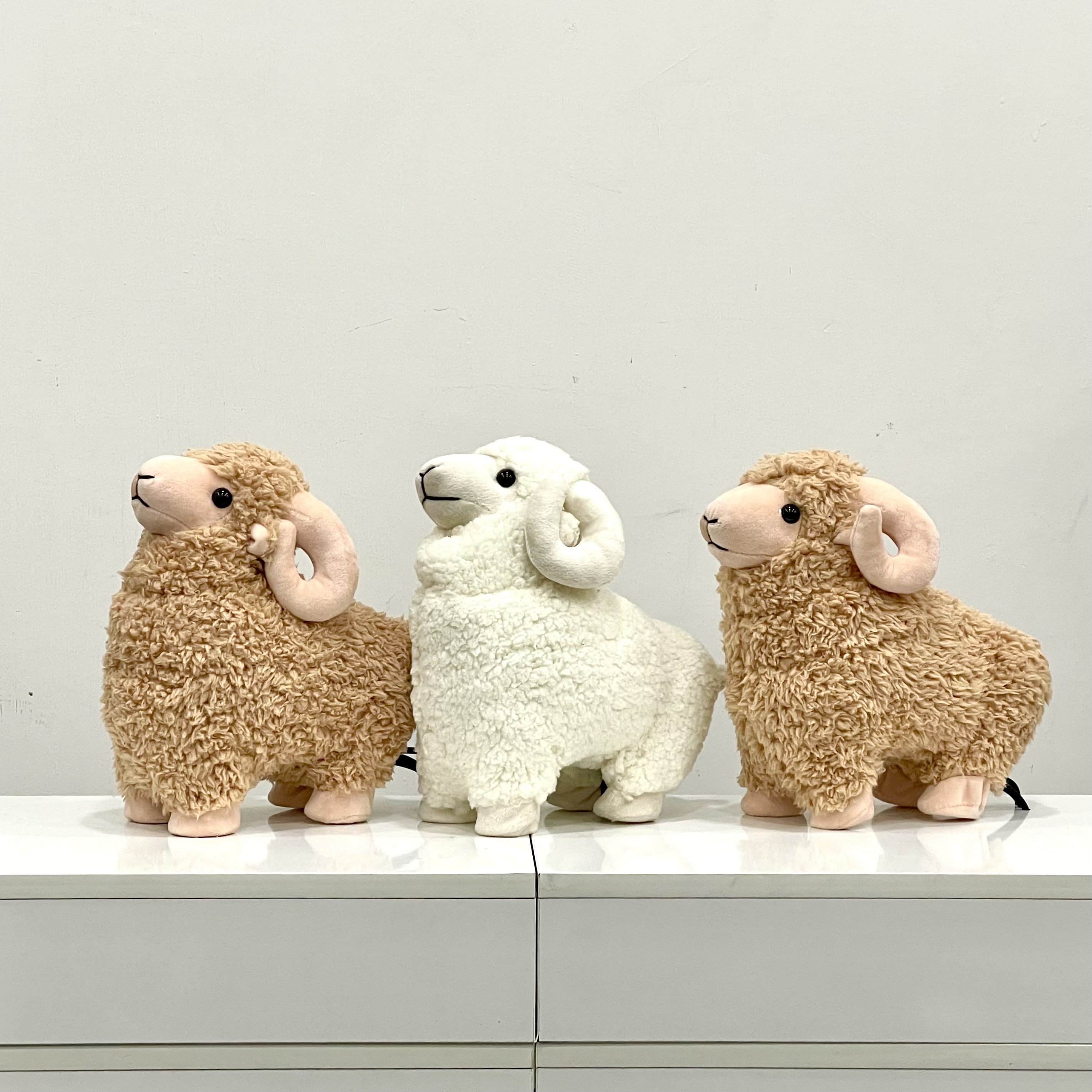
Your Support
Friends of HKCO
Copyright © 2026 HKCO
